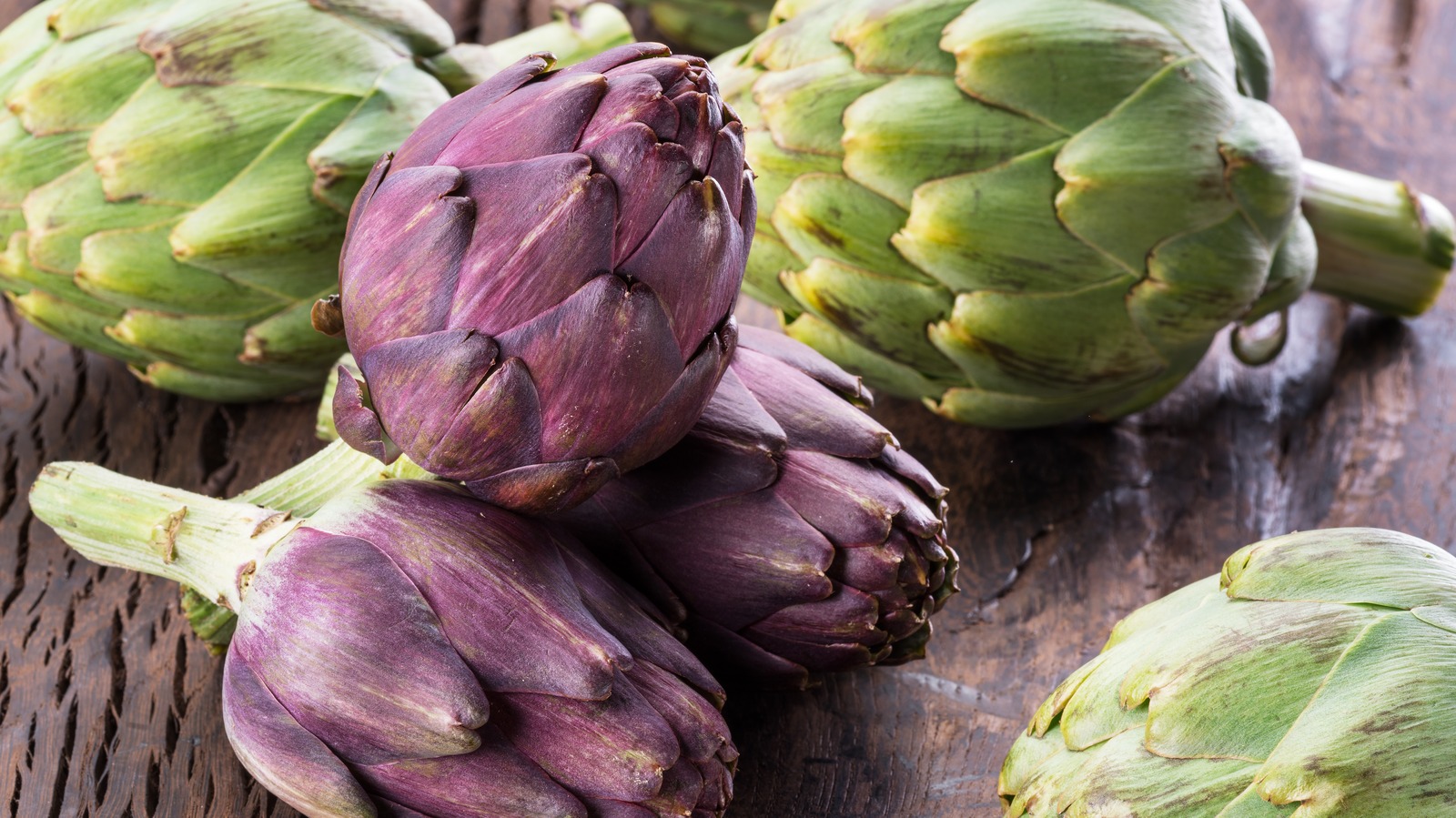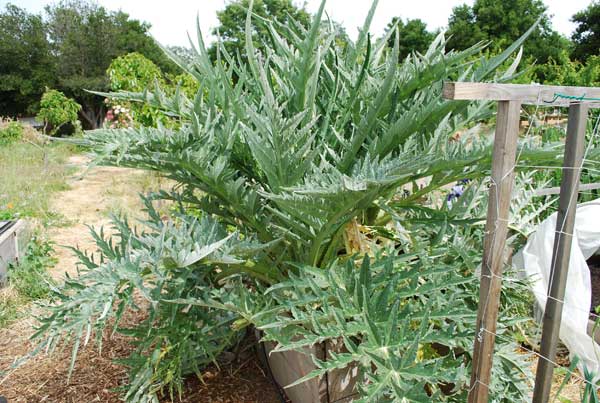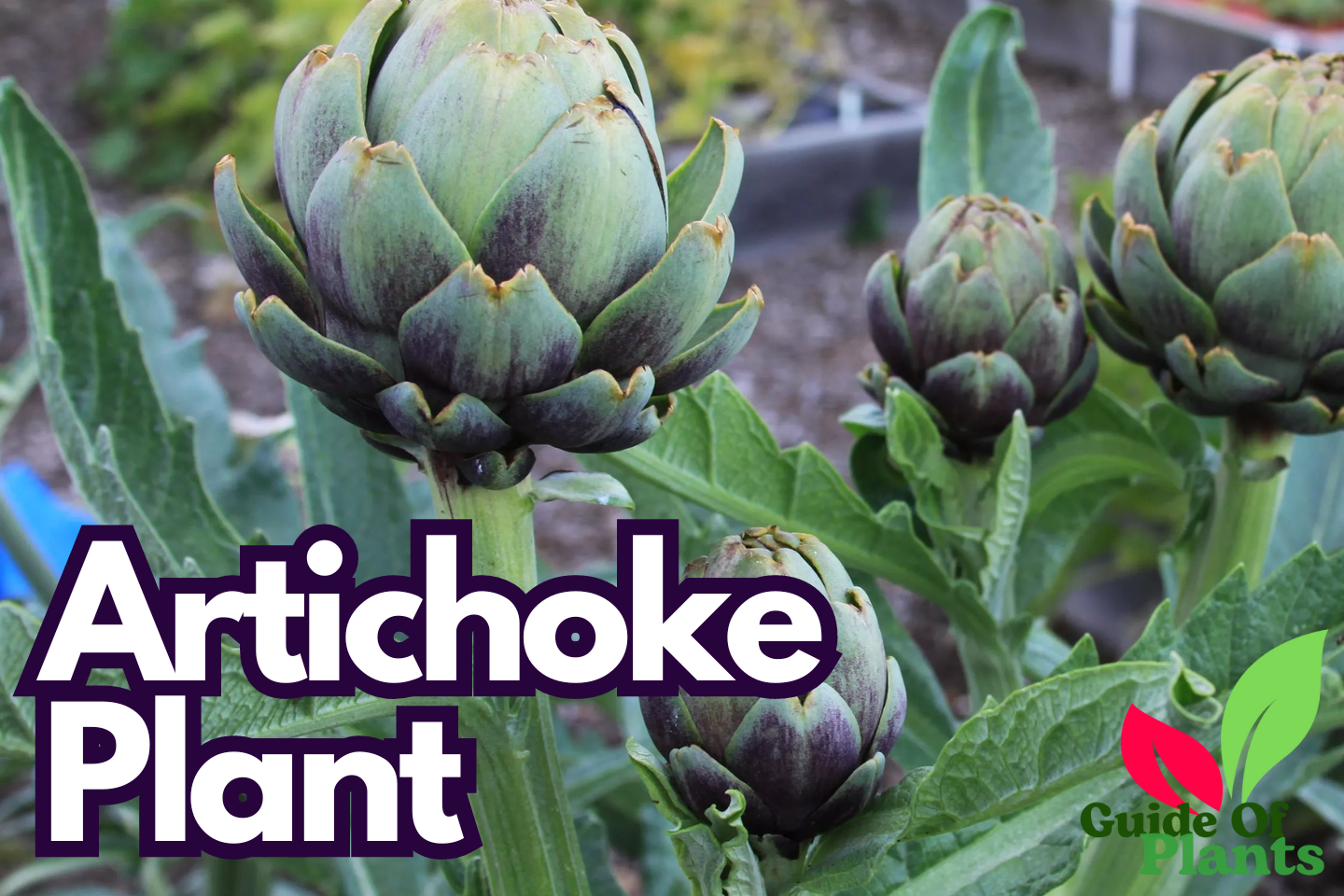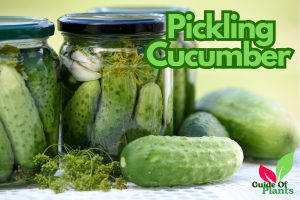The artichoke plant is a unique and delicious vegetable plant with a fascinating history. Though perhaps not as widely eaten as some other veggies, fresh artichokes offer great nutritional benefits and a complex, tempting flavor that more people should experience. This guide will provide tips for artichoke planting, growing, and caring for artichokes so you can enjoy homegrown goodness from your own garden.
Table of Contents
A Brief History of Artichoke Plant
With their elaborate appearance and intricate taste, artichokes have been treasured for centuries. Though now considered a vegetable, they are actually the immature flower buds of the artichoke plant, a type of thistle native to the Mediterranean region.
Artichokes were known to ancient Greeks and Romans thousands of years ago. In Roman times, cooked artichokes were considered a delicacy reserved for the elite ruling class. Later in the Middle Ages, artichokes were grown in Muslim-ruled regions of Spain and North Africa.

The artichoke plant was brought to England in the early 1500s, and later made its way to America with European colonists in the 1600s. California is now the major producer of artichokes in the U.S. thanks to its ideal coastal climate.
This unique vegetable plant has maintained an aura of sophistication from its history as a prized royal food to its modern gourmet reputation. Adding artichokes to your garden allows you to enjoy a literal taste of the past.
Know About: Easy Pickling Cucumber Growing Technique
Health Benefits of Artichokes
Beyond their distinguished legacy, artichokes offer many potential wellness perks. They provide a wide array of vitamins, minerals, and antioxidants.
Some key nutrients found in artichoke plants
- Vitamin C – Important for immune health and collagen formation. A medium artichoke plant has about 20% of your daily Vitamin C needs.
- Vitamin K – Supports bone health and blood clotting. Artichokes provide around 128% of the recommended daily Vitamin K.
- Folic acid – Crucial for DNA, cell division and preventing birth defects. Artichokes contain 107 mcg folate per serving.
- Magnesium – Helps regulate over 300 enzyme systems in the body. An excellent source of this essential mineral.
- Antioxidants – Artichokes have high levels of compounds called polyphenols that can combat oxidative stress.
:max_bytes(150000):strip_icc()/artichoke-fc44aad1875343a69c4a35664378590a.jpg)
Potential benefits of these nutrients include
- Improved liver and gallbladder function – The cynarine in artichokes stimulates bile production to aid digestion. The antioxidants also promote liver cell regeneration.
- Lowered LDL cholesterol – Artichoke plant leaf extract has been shown to reduce “bad” cholesterol in studies.
- Blood pressure management – The fiber, potassium, and magnesium in artichokes may help control high blood pressure.
- Better heart health – Artichokes improve circulation and lower inflammation, reducing heart disease risk.
- Anticancer effects – Artichoke plant compounds induce cancer cell death and inhibit tumor growth in research.
- Gut health and regularity – The substantial fiber content eases constipation and supports the digestive system.
Integrating more artichokes into your recipes allows you to take advantage of these many health bonuses!
Types of Artichokes
While often thought of as a single vegetable, there are actually over 140 different edible varieties of the globe artichoke. Some key types include:
- Green Globe – The most common variety. It has thick, fleshy petals and a mild flavor.
- Big Heart – A larger, heart-shaped artichoke with a tender texture. Can be up to 8 inches across.
- Violetta di Provence – A smaller purple-tinged variety with hints of nuttiness.
- Green Curly – Has twisted, ruffled leaves. Retains a green color even when mature.
- Purple Sicilian – Striking deep purple color. Oval shape. Has a rich, earthy taste.
- Romane – Elongated and bright green. A later variety that can be harvested into winter.

The rich diversity of artichoke varieties allows for a range of sizes, shapes, textures, and flavors. Certain types may do better in some regions and gardens. Experiment to see which artichokes you prefer growing and eating!
This covers a brief history of artichokes, their many health benefits, and a few common varieties to try. Read on for tips on successfully planting artichokes so you can enjoy this regal vegetable fresh from your garden.
How to Plant A Artichoke Plant
One of the keys to growing great artichokes is giving them an early start. The timing of planting, the location you choose, and preparing the soil properly will set your artichokes up for success.
When to Plant Artichokes
- In warm climates: mid-February to early March
- In cooler climates: late March to mid April
- Start seeds indoors up to 2 months before last frost date
Artichokes take around 120 days from planting to first harvest, so they need time to mature before winter.
Artichoke plant tubers or starts once danger of frost has passed. Wait until soil temperatures have warmed to at least 50-60 ̊F.
Starting too late risks exposure to frost and interrupts growth cycles. Aim for 12-14 weeks of growing time before cold weather arrives.
Where to Plant Artichokes
Ideal conditions for artichokes:
- Full sun – At least 6 hours direct sunlight per day
- Well-draining soil – Avoid overly dense, muddy, or soggy soil that could rot roots
- Near a vertical support – Artichokes grow 3-4 ft. tall and benefit from trellising
- Sheltered location – Protect from strong winds and salty ocean air which can damage leaves
Coastal regions like California and the Mediterranean are perfect since artichokes thrive in cool, moist winters and warm dry summers.
But artichokes can grow in a range of climates given proper care. Just watch for pests and diseases in humid areas.

Preparing the Soil for Artichoke Plant
- Loosen soil at least 1 ft deep – Use a shovel, rototiller, or garden fork
- Mix in 2-4 inches of compost – Improves drainage and nutrients
- Test pH – Ideal is 6.5-7.0 – Adjust if needed
- Add balanced fertilizer – Use 10-10-10 or something with phosphorus to encourage root growth
Creating the right soil environment gives artichoke plant roots space to expand and supply of nutrients.
Amend clay-heavy soils to prevent compacting. In sandy soils, work in more organic matter to increase moisture retention.
Know About: Cayenne Pepper Plant
Starting Artichoke Plant from Seed
If starting from seed, plant indoors 8-12 weeks before last expected frost:
- Use 3-4” pots filled with seed starting mix
- Sow 1 seed per pot, 1/4” deep
- Keep between 65-85 ̊F
- Once sprouted, provide lots of light with grow lights or sunny window
- Thin to strongest seedling per pot after a few weeks
- Harden off before transplanting
Germinating artichoke seeds properly provides the most options for choosing vigorous, healthy plants.
Starting with Artichoke Seedlings or Plants
The other option is purchasing greenhouse-grown artichoke starts:
- Buy 3-4 inch potted plants or dormant bare root plants
- Select stocky, green, pest-free plants
- Avoid root-bound plants where roots circle the container
- Store bare root plants in damp peat or wood shavings until planting
Starting with seedlings reduces work compared to seeds. But you have less control over variety selection.

Planting Artichoke Seedlings in the Garden
Once seedlings are 4-6 inches tall or the weather has warmed up:
- Harden off plants for 7-10 days before transplanting
- Dig holes 1 ft wide x 1 ft deep
- Space 3-4 ft apart in rows spaced 5-6 ft apart
- Place seedling in hole slightly lower than soil level
- Backfill hole with native soil
- Water thoroughly after planting & as needed
- Consider using row cover for frost protection
Proper planting depth, spacing, and watering ensures artichoke plants establish a healthy root system before growing rapidly.
Now that your artichokes are in the ground, it’s time to help them thrive. Continue reading for tips on caring for artichokes throughout the season…
Caring for Artichokes
Growing impressive artichokes requires diligent care and maintenance throughout the season. Pay close attention to these key needs of artichoke plants for the best results.
Watering Artichokes
- Require regular watering approximately 1-2 inches per week
- Increase frequency during hot, dry periods
- Use drip irrigation or soaker hoses to target roots
- Avoid overhead watering that wets leaves
- Drooping leaves indicate under-watering
Maintain consistent soil moisture, never allowing roots to dry out completely. Periods of drought will stunt growth.

Fertilizing Artichokes
- Apply balanced fertilizer when new growth appears in spring
- Side dress plants every 3-4 weeks through the growing season
- Use 1/2 cup 10-10-10 per plant, sprinkled 6 inches away from stem
- Discontinue fertilizer 6 weeks before first expected frost
Nutrient demands peak when the plants are rapidly gaining size and producing buds.
Mulching Artichoke Plants
- After plants are established, spread 3-4 inches of mulch
- Organic materials like straw, leaves, wood chips
- Maintains soil temperature and moisture
- Reduces weeds and prevents soil compaction
Mulch conserves water, limits weeds, and improves soil as it breaks down. Reapply as needed.
Staking Artichoke Plants
- Install 5-6 foot stakes next to each plant
- Loosely tie main stems to stakes as they grow
- Can also trellis plants in rows using wire and posts
- Support prevents damage from wind/rain and encourages upright growth
Artichoke stems often need staking to remain upright as flower buds enlarge.
Pruning Artichokes
- Remove small suckers sprouting from the base throughout season
- Cut back stems to 6 inches after harvest finished
- Prune damaged, diseased or dead leaves/stems as needed
Pruning focuses the plant’s energy into developing the edible buds.
Pollinating Artichoke Flowers
- Artichokes cannot self-pollinate and require cross-pollination
- Honey bees and other insects usually perform this function
- If needed, use small brush to transfer pollen between flowers
- Pollination allows the buds to properly mature
Ensure pollinators have access to flowers for fruit set.
Preventing Insect Pests and Diseases
Common artichoke problems include:
- Aphids – Small sucking insects that cluster on leaves. Use insecticidal soap.
- Slugs – Chew holes in leaves. Remove by hand or trap using beer.
- Snails – Leave shiny trails on leaves as they feed. Use iron phosphate bait.
- Powdery mildew – White fungal coating on leaves. Improve air circulation.
- Root rot – Caused by soggy soil. Allow soil to dry between watering.
- Viruses – Can cause stunted growth. Control aphids which spread viruses.
Good cultural practices like proper watering, spacing, and maintenance boosts plant health and prevents many issues. Control problems promptly to avoid spread.
Winter Care for Artichoke Plants
As cold weather arrives:
- Stop watering and fertilizing to help induce dormancy
- Cut back water sprouts and remove weeds/debris
- Mulch around the base to insulate roots from freezing temps
- In very cold climates, cover plants with frost cloth or long straw
Some key steps help artichokes successfully overwinter in the garden. New growth will return come spring.
Know About: 7 Amazing Health Benefits of Bottle Gourd

Thoughts on Growing Artichokes
Adding artichokes to your vegetable plot allows you to enjoy fresh harvests of this unique, healthy, and tasty vegetable. With proper planting strategies, care throughout the seasons, and maintaining ideal growing conditions, your artichoke plant will provide a bountiful supply. The intricate flavors and textures of homegrown artichokes make it worth the effort.
Hopefully this guide provides all the tips you need to successfully grow artichokes, from selecting varieties to harvesting. Let us know if you have any other artichoke plant questions! in the comment.
Harvesting and Storing Artichokes
After months of careful cultivation, it’s finally time to reap the rewards of fresh artichokes! Use these tips for identifying peak ripeness and harvesting artichokes at just the right time.
When and How to Harvest Artichokes
- Begin checking plants after 90-120 days from transplanting
- Monitor closely when heads look plump and petals start loosening
- Harvest when buds measure 3-5 inches in diameter
- Use a sharp knife to cut at the base of the bud
- Ideally harvest in the morning when buds are firm
Cut buds before any petals start opening and while the tips are still tight. Older, open flowers become inedible and fibrous.
Harvest artichokes over a 2-4 week window as different buds mature. Lower buds develop first. Some varieties can be cut repeatedly.
Leave 1-2 inches of stem attached. Handle carefully to avoid bruising.
Storing and Preserving Fresh Artichokes
To maximize freshness:
- Use harvested artichokes as soon as possible, within 1-2 days
- Chill promptly in refrigerator, ideally 90-95% humidity
- Place in plastic bag with damp paper towel
- Avoid washing until ready to use
Artichokes will stay fresh in the refrigerator for up to 2 weeks if chilled and moist.
To preserve for longer storage:
- Freeze – Blanch for 3-5 minutes, cool, seal in freezer bags.
- Can – Clean, boil 10 minutes, pack in jars, cover with brine, process at 10 psi.
- Marinate – Clean, slice hearts, marinate in oil/herbs/acids. Refrigerate up to 1 month.
- Dry – Slice thin, dehydrate at 95 ̊F until crisp. Store in airtight containers.
Proper harvesting techniques combined with creative storage methods allow you to enjoy fresh artichoke flavor year-round!
Know About: How to Grow Lima Bean Plant
:max_bytes(150000):strip_icc()/tips-for-growing-artichokes-1403455-13-5b92939b6a6148249efe57c7ae1456a3.jpg)
Conclusion
Growing artichokes may take patience and effort, but the first-rate flavor and health benefits make it a worthwhile endeavor. Now that you’ve mastered how to successfully plant, care for, and harvest artichokes, you’ll look forward to fresh, homegrown artichoke season every year.
Remember key tips like choosing an appropriate variety, providing consistent moisture and nutrients, controlling pests, and cutting buds at optimal maturity. Your tastebuds will thank you!
With the delight of cooking up your own artichoke masterpieces, you may find yourself joining the ranks of ancient Greek and Roman connoisseurs who revered this elegant vegetable plant. The artichoke plant has certainly earned its reputation through the ages as an unforgettable culinary experience.




